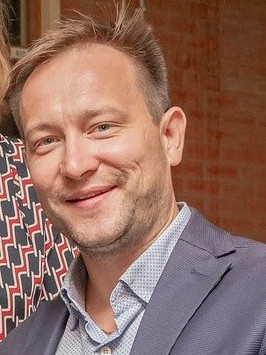resumo
The surface modification of graphene oxide (GO) sheets with Ni nanoparticles has been a subject of intense research in order to develop new preeminent materials with increased performance for different application areas. In this work, we develop a new hydrothermal one-step method for the simple and controllable synthesis of reduced GO/nickel (GO/Ni) nanocomposites. Different reaction parameters have been investigated in order to control the synthetic process: reaction temperature, concentration of the nickel precursor and reducing agent. It was observed that the critical parameter for effective control of nickel particle size, morphology, crystalline structure and distribution at the GO surface during the reaction process was the concentration of hydrazine. The results obtained showed that control of hydrazine concentration allows obtaining crystalline metallic Ni nanoparticles, from spherical to spiky morphologies. For nanocomposites with spiky Ni nanoparticle, the reaction time allows controlling the growth of the nanothorn. The electrical properties of reduced graphene nickel nanocomposites containing spiky nickel particles showed a large resistive switching, which is essentially due to the switchable diode effect that can be used as a built-in part of graphene-based embedded electronics.
palavras-chave
ELECTROCHEMICAL HYDROGEN STORAGE; HYDRAZINE-REDUCTION; ROOM-TEMPERATURE; OXIDE; NANOPARTICLES; HYBRID; ROUTE; COMPOSITES; CR(VI); COBALT
categoria
Materials Science; Physics
autores
Salimian, M; Ivanov, M; Deepak, FL; Petrovykh, DY; Bdikin, I; Ferro, M; Kholkin, A; Titus, E; Goncalves, G
nossos autores
agradecimentos
Maryam Salimian and Gil Goncalves thank the Fundacao para a Ciencia e Tecnologia (FCT) for the PhD (SFRH/BD/98337/2013) and PostDoc (SFRH/BDP/84419/2012) grants, respectively. Maxim Ivanov acknowledges FCT for his postdoctoral grant FCT UID/CTM/50011/2013. This work was developed in the scope of the project CICECO-Aveiro Institute of Materials (Ref. FCT UID/CTM/50011/2013), financed by national funds through the FCT/MEC and when applicable co-financed by FEDER under the PT2020 Partnership Agreement.




